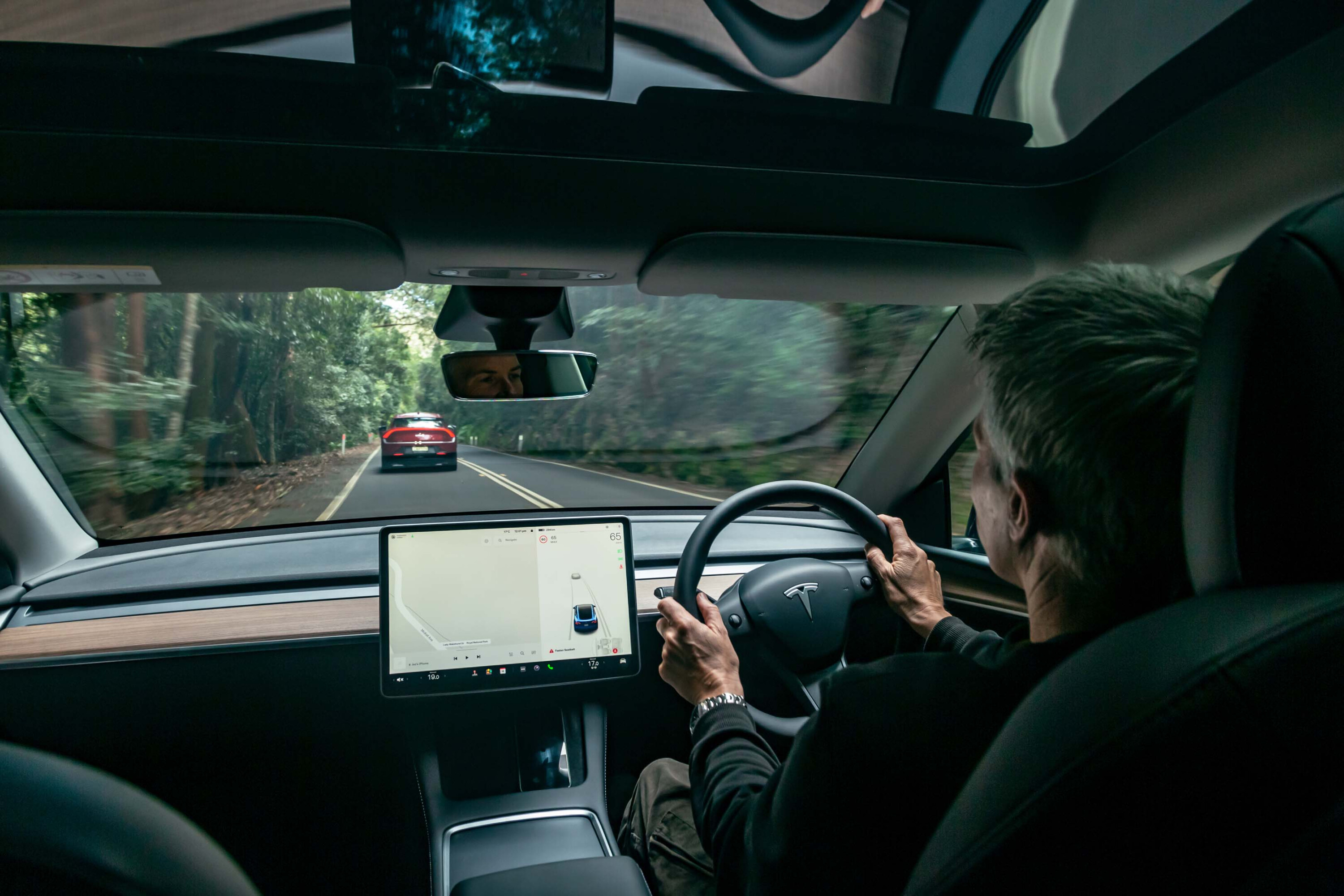
When choosing a new car, electric vehicles generally benefit from lower running costs to help recoup the purchase price premium. However, there’s an exception for insurance.
Key Points
- EVs are typically around 20% more expensive to insure
- Insurance costs will likely come down as EVs gain more market share
- On the plus side, EVs are generally cheaper to own
With around 20 moving parts in electric cars – compared to more than 2000 in a combustion car – maintenance is often cheaper with fewer labour and parts costs, so there’s less likelihood of things going awry.
Despite this, EVs are often more expensive to comprehensively insure than traditional petrol- and diesel-powered models. But why and by how much?
Insurance premiums in this story are quoted on 16 August 2023 and serve as a guide only. Premiums vary depending on your driving history, where you live and more.
JUMP AHEAD
? Why are electric cars more expensive to insure?
According to the Insurance Council of Australia [ABC ↗], EV insurance premiums are typically higher because of the following.
Key EV insurance factors
- Price: EVs are generally more expensive to buy
- Parts costs: New EV technologies and parts are more expensive to produce and replace, such as the motor and battery
- Parts supply: Fledgeling local supply chain of EV parts, leading to higher costs for importing them u2013 exacerbated by component shortages
- Maintenance: Fewer trained EV technicians and service centres in Australia
- Safety: Dealing with EV batteries require specialty equipment and proper disposal methods (i.e. recycling)
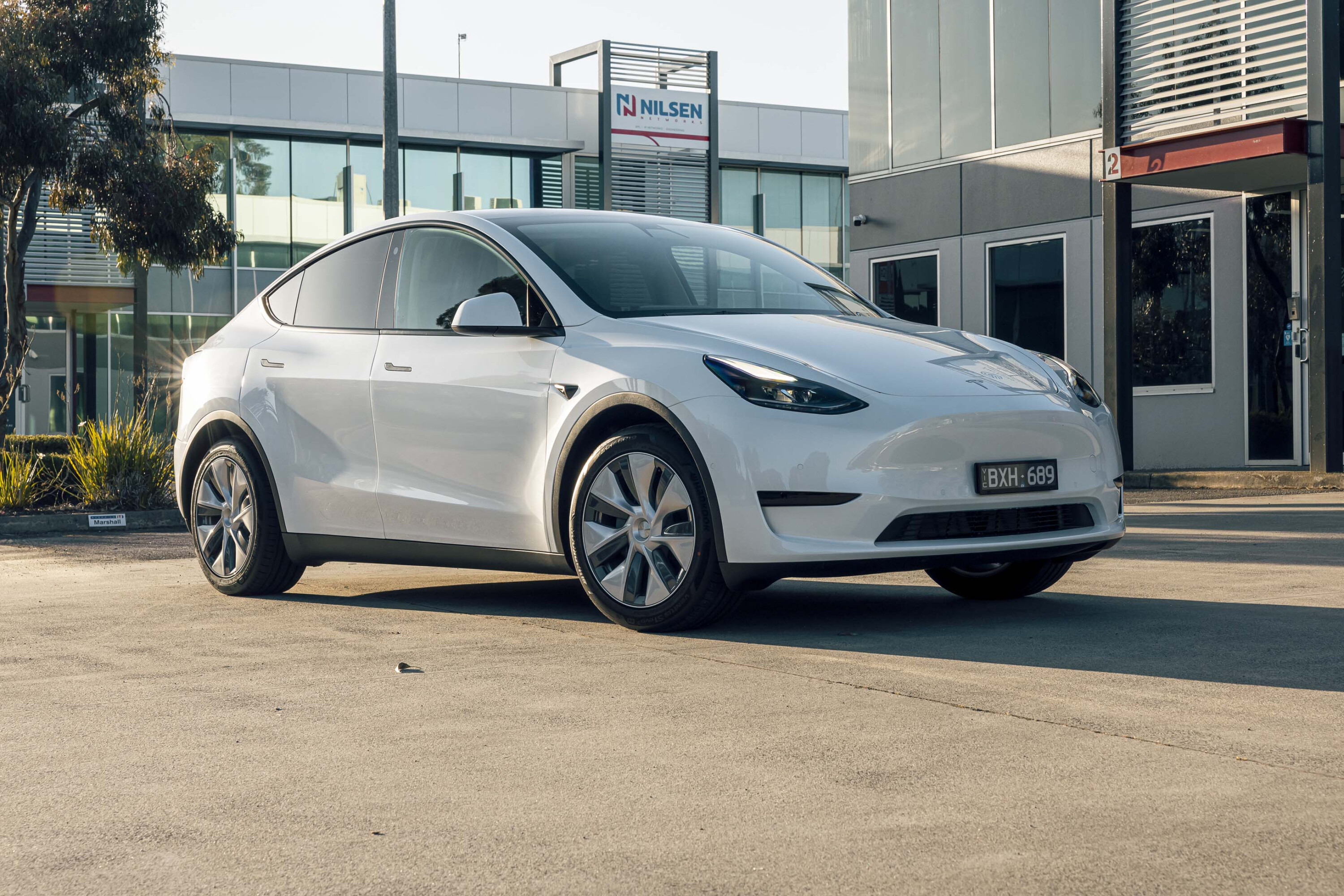
? How much does it cost to insure an EV?
The comprehensive car insurance quotes in this guide are based on a 30-year-old female living in Sydney, with the below attributes.
Case study profile
- Garaged home address
- Drives up to 15,000km per year (41km per day)
- Clean driving record (no previous claims)
- Purchased the vehicle in full up-front for private use only
- Vehicle with white exterior colour and has no factory or aftermarket modifications
- No previous history with quoted insurer
She quoted a new comprehensive car insurance policy with three providers – the state motoring club NRMA, popular insurer Budget Direct, and budget-oriented offering Bingle.
The following quotes are insured for market value only, based on a middle-ground $850 excess (except Bingle for which $895 is the closest available option), and paying annually for one registered driver.
No extras were optioned (eg: roadside assistance, glass cover, hire car cover, new-for-old replacement, etc.) and excludes any promotional discounts.
Vehicle prices are current as at publication and exclude mandatory on-road costs, unless otherwise stated.

MG 4
| 2023 MG 4 Excite 51 | 2023 Hyundai i30 Hatch N Line Premium (auto) | |
|---|---|---|
| NRMA | N/A* | $1181 |
| Budget Direct | $2014 | $1645 |
| Bingle | $1004 | $1004 |
| Average Annual Premium | $1509 | $1277 |
| *Insurer does not cover model as at publication | ||
The MG 4 is one of the cheapest electric cars in Australia (from $38,990 before on-road costs) with a price and features list comparable to the top-spec Hyundai i30 N Line Premium ($37,300).
However, the MG electric car is about 15 per cent pricier on average to comprehensively insure compared to the popular petrol-powered warm hatch.
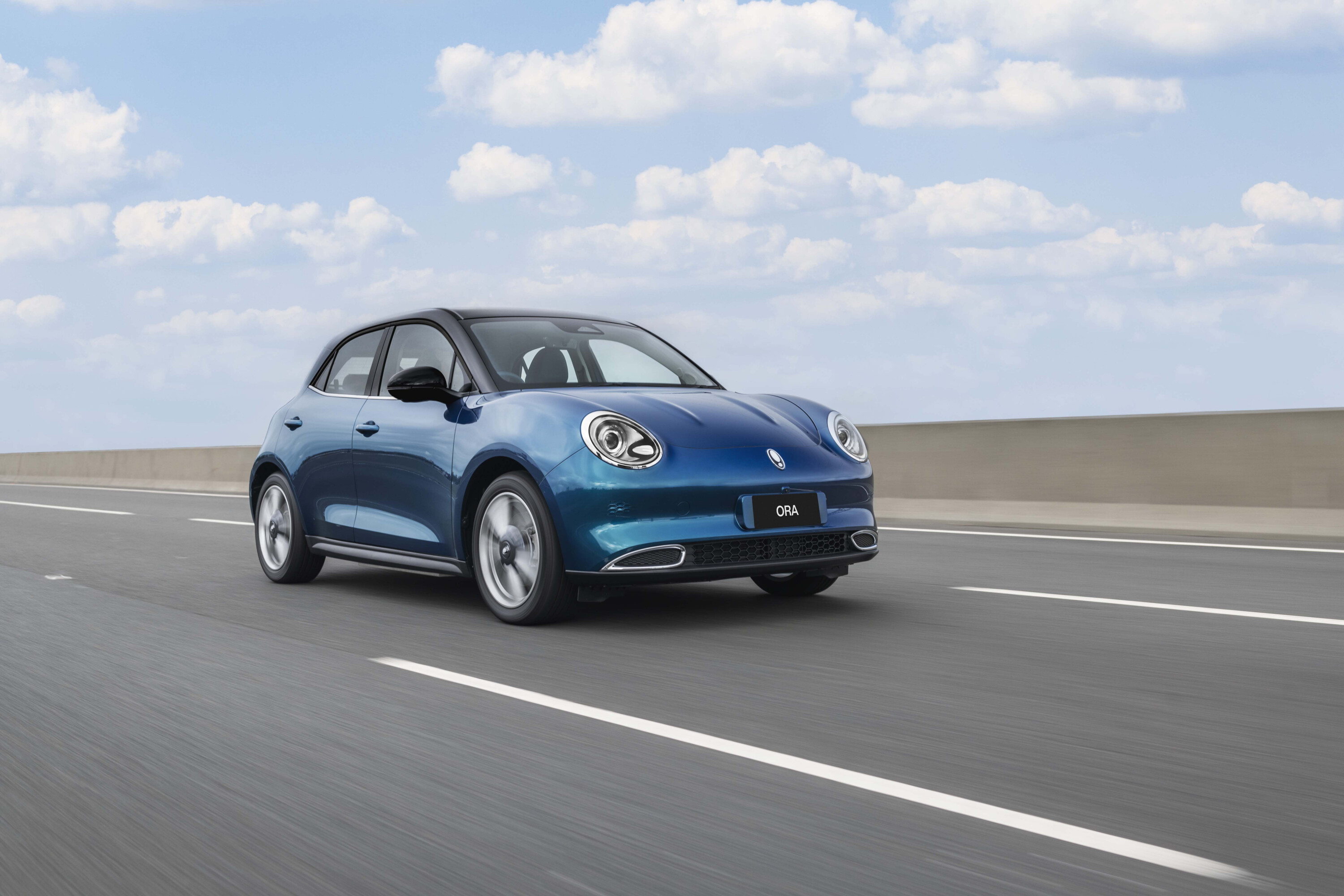
GWM Ora
| 2023 GWM Ora Standard Range | 2023 Mazda 3 G25 Astina | |
|---|---|---|
| NRMA | $1842 | $1291 |
| Budget Direct | $1831 | $1549 |
| Bingle | $1109 | $995 |
| Average Annual Premium | $1594 | $1278 |
The budget-friendly GWM Ora electric hatch ($39,990) has a starting price matching the top-spec Mazda 3 G25 Astina ($42,320).
The quirky Chinese-made EV is around 20 per cent more expensive to fully insure than the top-selling Japanese petrol hatch.
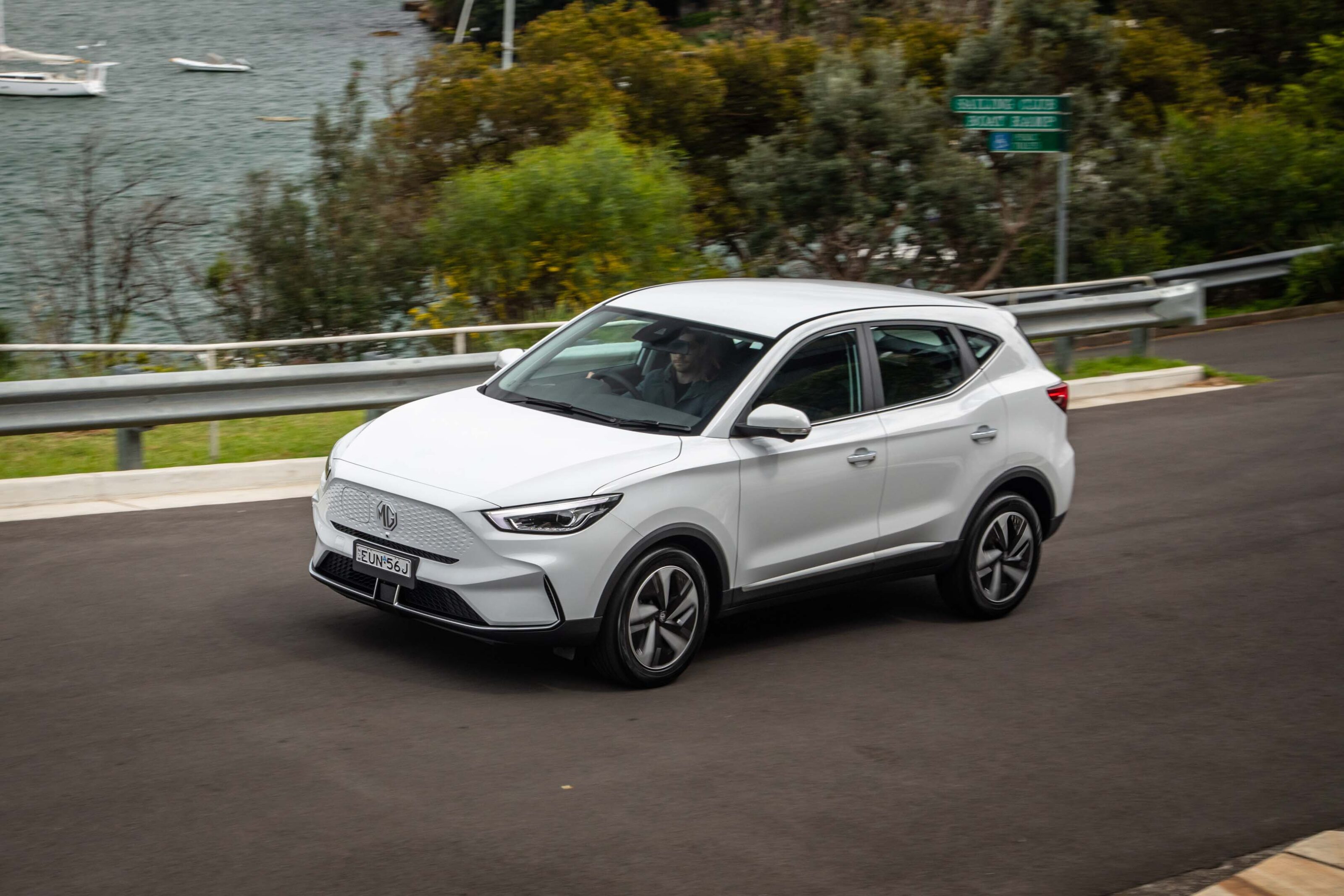
MG ZS EV
| 2023 MG ZS EV Essence | 2023 MG ZST Essence | |
|---|---|---|
| NRMA | $2056 | $1419 |
| Budget Direct | $1897 | $1791 |
| Bingle | $1022 | $880 |
| Average Annual Premium | $1658 | $1363 |
The MG ZS EV Essence ($47,990) is the pure-electric twin of the petrol-powered ZST Essence ($33,990 drive-away), but is still slightly pricier to insure.
By going electric, it is around 18 per cent more expensive to insure on average.
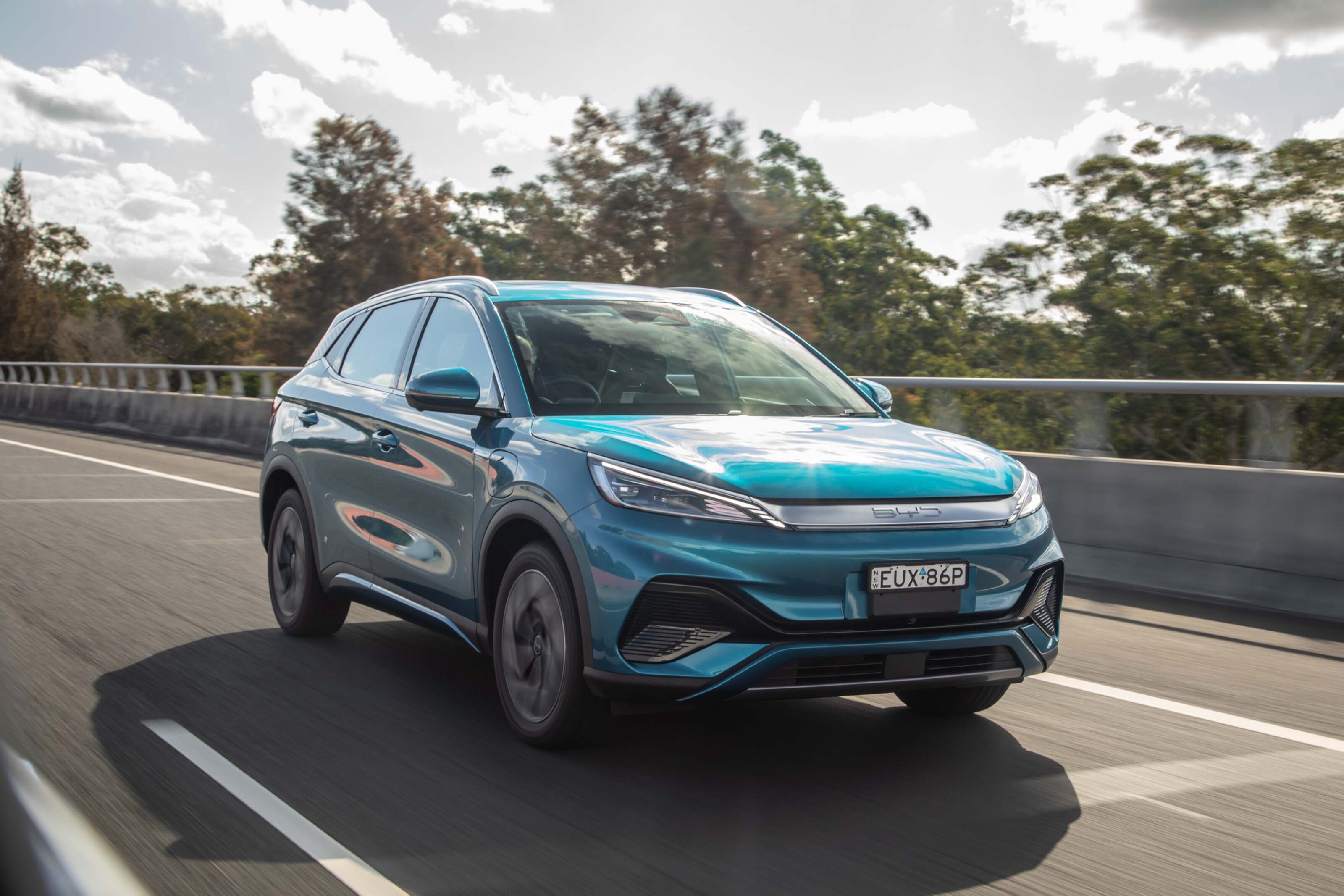
BYD Atto 3
| 2023 BYD Atto 3 Standard Range | 2023 Toyota Corolla Cross Atmos Hybrid 2WD | |
|---|---|---|
| NRMA | $2036 | $1830 |
| Budget Direct | $2324 | $1521 |
| Bingle | $1125 | $1056 |
| Average Annual Premium | $1828 | $1469 |
The BYD Atto 3 Standard Range ($48,011) has quickly gained traction as one of the most popular electric cars in Australia.
However, the also in-demand Toyota Corolla Cross in top-spec Atmos Hybrid 2WD trim ($47,030) is typically about 20 per cent cheaper than the BYD electric crossover to insure.

Tesla Model Y
| 2023 Tesla Model Y RWD | 2023 Volvo XC40 Ultimate B4 Bright | |
|---|---|---|
| NRMA | $2135 | $1710 |
| Budget Direct | $3415 | $1916 |
| Bingle | N/A* | $1447 |
| Average Annual Premium | $2775 | $1691 |
| *Insurer does not cover Tesla vehicles as at publication | ||
The Tesla Model Y RWD ($65,400) is comparable to the petrol mid-hybrid Volvo XC40 Ultimate B4 Bright ($61,990), as practical Chinese-made SUVs.
Strangely, Budget Direct now has a substantially higher premium than previously on the Model Y. Combined with limited data due to the omission of Bingle, this means the medium electric SUV is about 39 per cent dearer to insure than the Swedish-badged petrol SUV.
The Volvo is also offered in a pricier all-electric XC40 Recharge version.
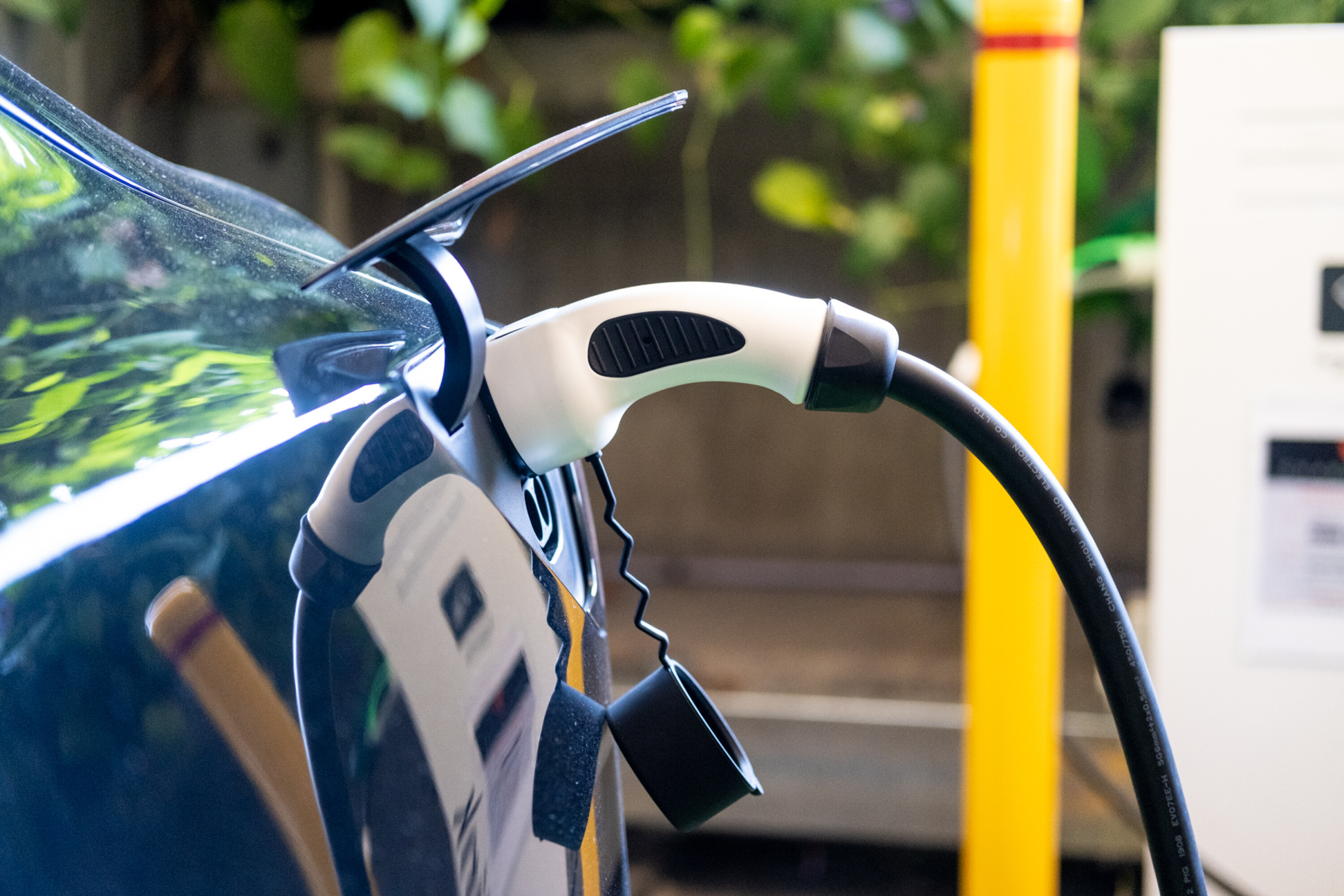
? The takeaway
As the EV market grows in Australia with more available models, lower price tags, more local parts supply and more qualified technicians, the insurance costs will likely come down.
For now, comprehensively insuring an EV typically costs around 20 per cent more for the models in this comparison.
It’s worth noting that the typically higher power and torque figures of EVs may factor into insurance premiums.
Most states in Australia prohibit learner and provisional licence holders from driving a vehicle with a power-to-weight ratio higher than 130 kilowatts per tonne.
As with all new technologies, EVs right now are generally more expensive to buy – but a growing number of electric models are priced on or even cheaper than petrol-powered models, as new car prices continue to rise.
But, growing knowledge, increased competition and mainstream adoption mean costs will come down – including car insurance.
For now, despite the higher annual premiums, EVs still have the advantage when it comes to running and maintenance costs – especially when charging at home utilising free solar energy generation.
EV owners who drive more will be quicker to ‘break even’ the price premium for going tailpipe emissions-free.
How much does it cost to buy an EV in Australia? For everything you need to know about electric vehicles, check out our comprehensive guides below.
More EV stories to help you choose the best car for your needs
- ? EV news, reviews, advice & guides
- ❓ Short & sweet: Your EV questions answered
- ⚡ New EVs: Everything coming to Australia
- ? Australia’s EVs with the longest driving range
- ⚖️ Best-value EVs by driving range
- ? How much do EVs cost in Australia?
- ? How much more expensive are EVs?
- ⚖️ Number crunching: Is it time to switch to an EV?
- ♻ Should you buy a used EV?
- ?️ Are EVs more expensive to insure?
- ? Costs compared: Charging an EV vs fueling a car
- ? EV charging guide
- ? Are there enough EV chargers in Oz?
- ?? EV servicing explained
- ? EV battery types explained
- ? When do EV batteries need replacing?
- ? Hydrogen v EVs: What’s best for Oz?
- ✋? Mind your manners! EV charging etiquette tips
- ? How sustainable are EVs, really?
MORE advice stories to help you with buying and owning a car
We recommend
-
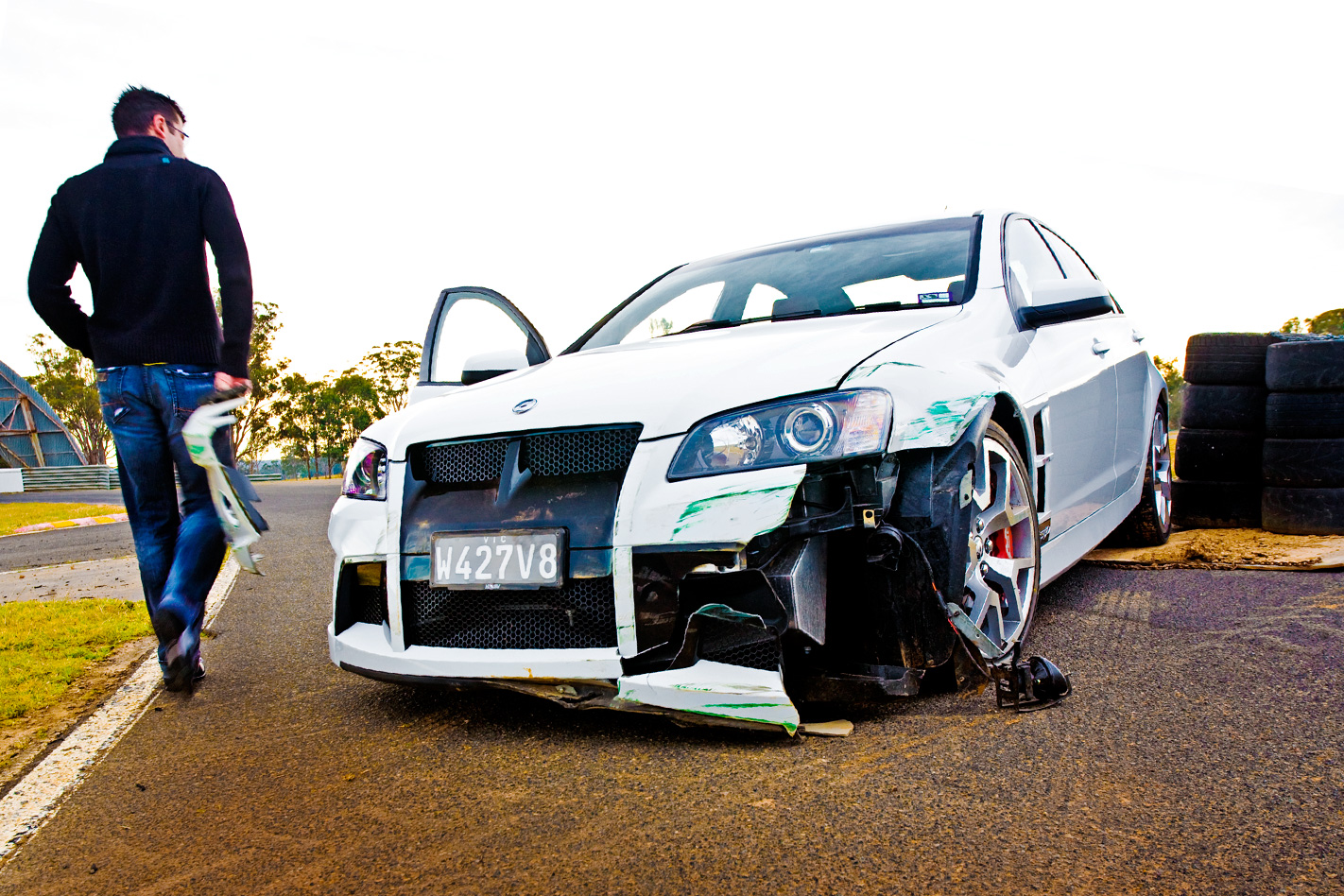 News
NewsWorldwide chip shortage could change the way insurers replace new cars
What happens when your car is written off and you can't get a replacement?
-
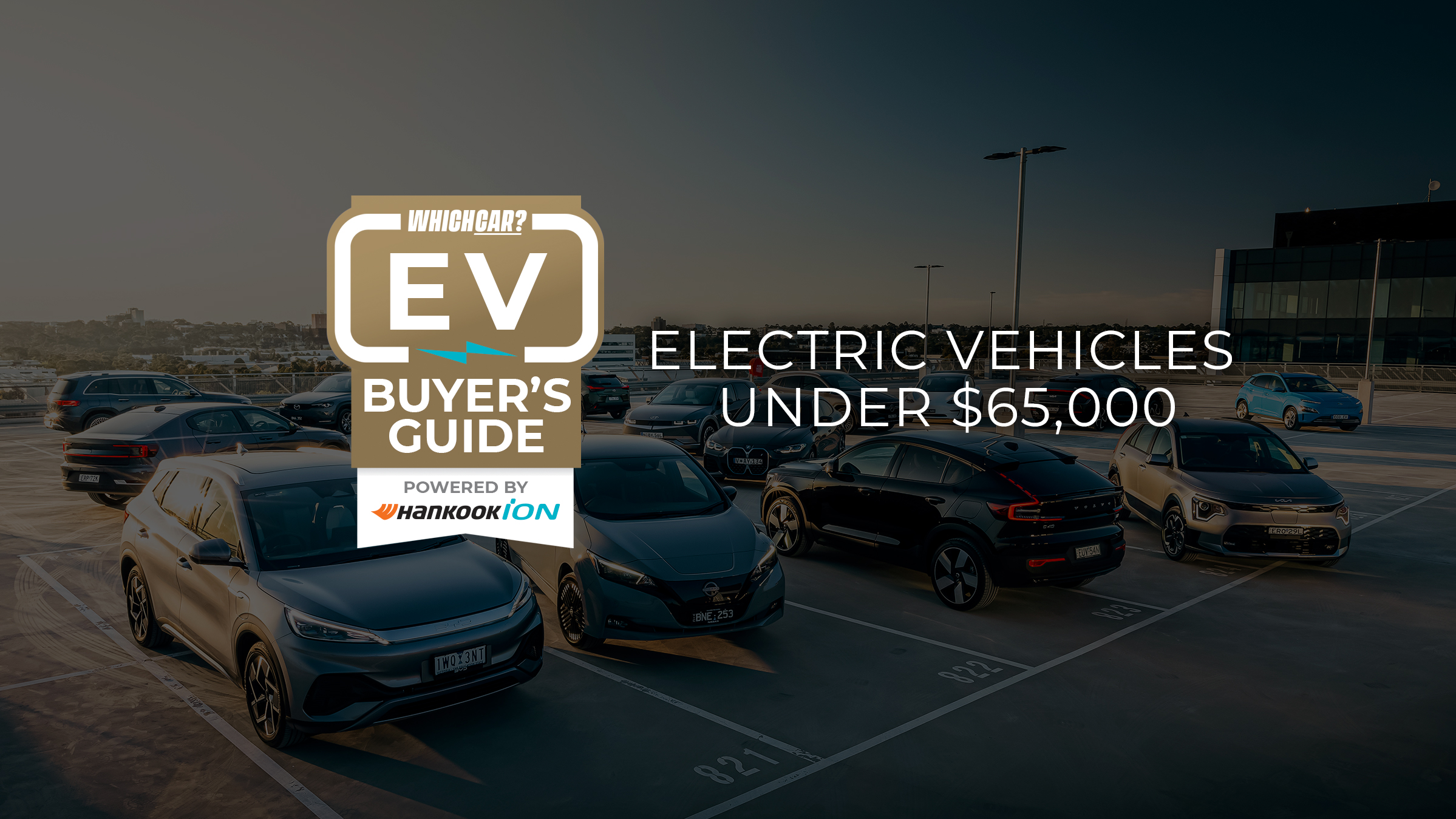 Comparisons
ComparisonsBest Electric Cars Under $65k: Cheapest EVs Rated
Welcome to part one of three price-based EV buying guides, this one focused on the most affordable electric cars available in Australia today
-
 News
NewsAussie EV biz kicking goals overseas: SEA Electric Completes US$42 Million Equity Financing
Future looking bright for Melbourne-born company




